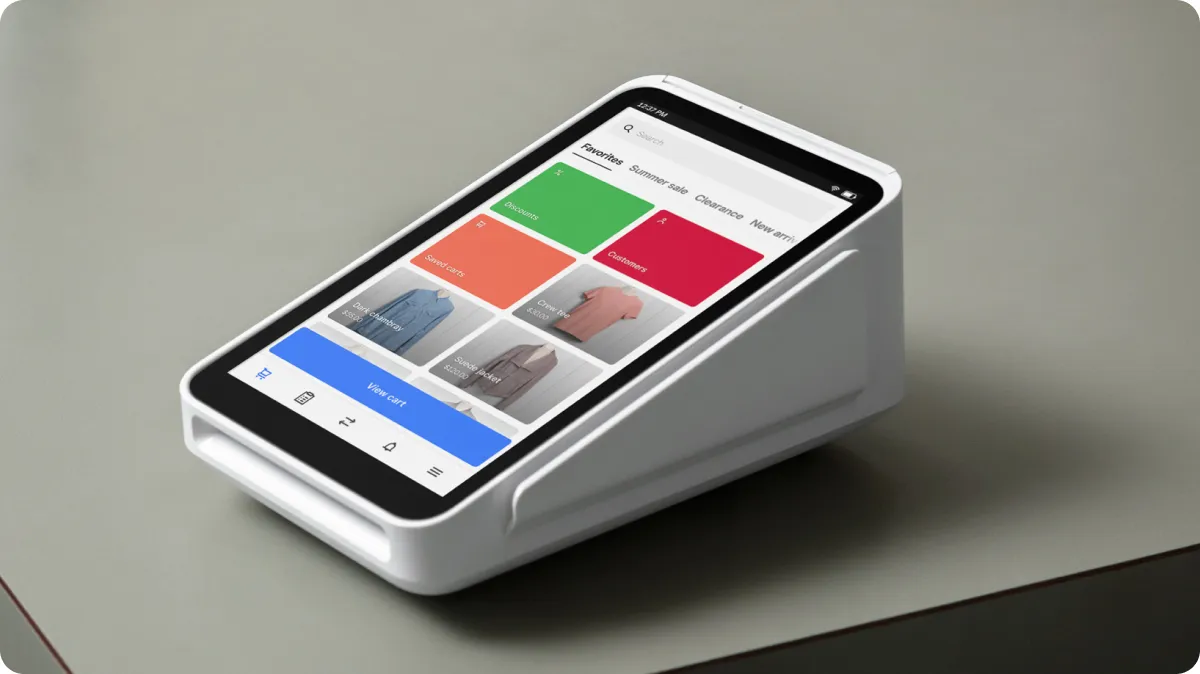Table of contents
This article is for educational purposes and does not constitute legal or medical advice. For specific advice applicable to your business, please contact a professional.
Creating a safe workplace is important for minimising the spread of Coronavirus. Check out the following safety measures you can put into place today to protect your employees and customers.
Employees at grocery stores, pharmacies, hardware stores, and other essential retail operations have been amongst the many dedicated people who are at the frontlines of the current pandemic. Greater London Authority’s labour market analysis shows that as many as 900,000 people in the city work in occupations that have high exposure to COVID-19.
To protect employees and customers alike, essential businesses have implemented multiple safety training plans based on EU-OSHA health and safety legislation. However, requirements around safe work practices vary by county.
Extensive safe work practices will not only help keep your employees healthy but will also build trust between you and your customers.
Here are a few safety measures you can put into place today to protect your employees as they’re getting back to the workplace and customers now and as more and more businesses start to reopen.
Clean and sanitise everything, often
The World Health Organization says the COVID-19 virus can live on plastic and stainless steel surfaces for up to 72 hours, so creating a safe workplace is paramount.
To prevent transferring germs, establish a rigorous cleaning protocol for customer-facing and high-touch surfaces. Clean credit card terminals, styluses, and the surrounding area after each customer. Consider providing wipes to customers and giving them the opportunity to do it themselves to reduce worker exposure.
Safe workplace cleaning protocols should also extend to employee-only areas. Clean workstations, monitors, keyboards, touchscreens, and related equipment any time a new person uses them. Remind employees that any time they clock in or out (possible with Square’s Team Management), they’ll need to wipe down the screen. Also, remember to clean shopping trolleys and baskets after each use. To further prevent contact with the virus, many stores are prohibiting reusable bags.
In addition to cleaning surfaces, another very important step employees can take is to wash their hands. All employees should scrub their hands with soap and water or use hand sanitiser frequently. Give employees several short breaks to do so.
Encourage contactless payments
In March 2020, UK Finance reported that 32 percent of credit card transactions and 45 percent of debit card transactions were made with contactless cards, which indicates customers want a fast way to check out with fewer touchpoints.
With contactless payments, the credit card or device never leaves the customer’s hands. They simply tap and go on a contactless card machine. With Square’s point-of-sale system designed with contactless payments in mind, businesses of all sizes can create a touch-free checkout environment. Payments that are contactless are safer for your employees and customers.

Create a barrier
Another step in maintaining a safe workplace includes installing plexiglass sheeting between cashiers and customers. Also called sneeze guards, these clear shields can help to protect employees from virus-containing respiratory droplets while allowing face-to-face interaction.
Even though there’s a thick, clear barrier between customer and cashier, the transaction process remains as smooth as ever. A small cutout window allows card readers to pass through, and barcode scanners can work through plexiglass.
Create a buffer
For workplace health and safety, it’s recommended that stores should maintain two-metre barriers between customers and employees. To help customers keep their distance, mark spots on the floor two metres away from cashiers. Do the same to encourage customers to stay two metres apart from one another in queues. Signage to remind customers to follow the two-metre rule will help reinforce social distancing measures. Additionally, advice for retail workers is to maintain a two-metre distance between employees to maintain a safe workplace.
To make it easier for people to practice social distancing, limit shop capacity to 50 percent. As people wait to enter, make sure they stay spaced two metres apart. Consider marking the ground with waiting areas that are two metres apart to help customers maintain the right distance.
As customers enter your store, give them hand sanitiser or a wipe as they enter. Direct customers to different areas of your store as they start shopping to reduce crowding.
Depending on the nature of your business, it may make sense to forego face-to-face interactions temporarily and move to online ordering and curbside pickup. If you aren’t selling online yet, you can create an online store that syncs with your inventory to help manage delivery, pickup and shipping options.
Should employees and customers wear masks?
The UK government recommends people wear cloth face coverings or masks that cover their nose and mouth when in enclosed public spaces where keeping a two-metre distance isn’t possible. (It advises against wearing surgical masks or respirators, as those should be reserved for healthcare workers and medical first responders.) Wearing face masks and coverings may aid in keeping your workplace safe by protecting employees and customers.
For the foreseeable future, retailers will need to go the extra mile to protect both employees and customers. But don’t forget about employee happiness. Check out this article that discusses shifting employee motivation to make sure you retain your best workers.
Establishing strong safety training plans now to ensure a safe workplace is the smart thing to do for your employees and the community at large.
![]()











